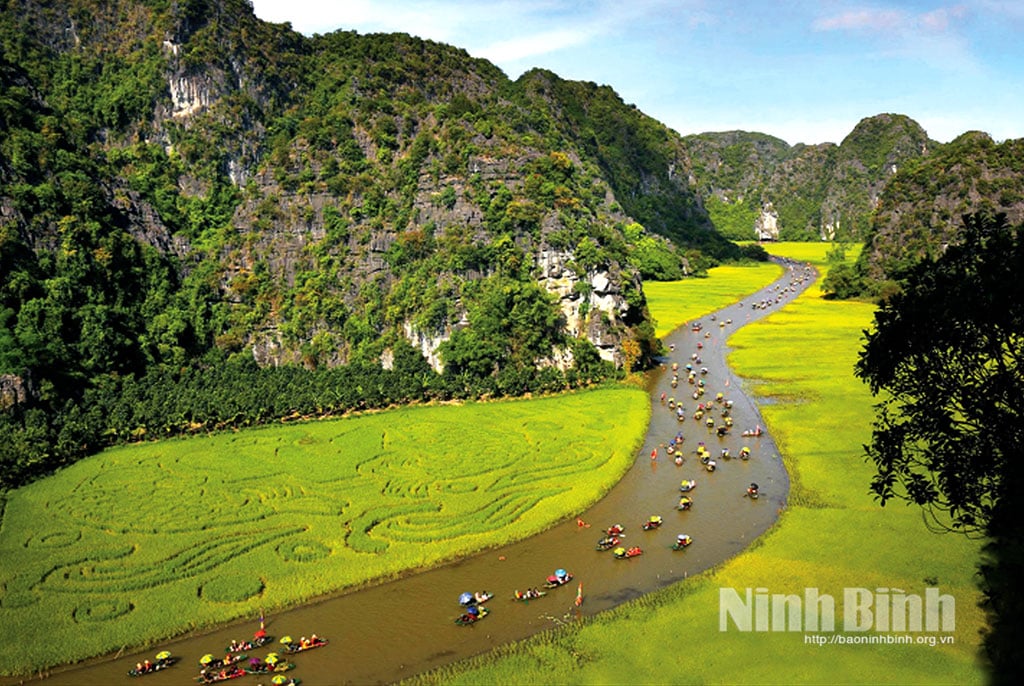
Heritage - Golden material for cultural industry
Ninh Binh is blessed by nature and history with the most diverse cultural-natural ecosystem in the Northern Delta. The province currently owns 1,821 relics of many different types, along with 430 intangible cultural heritages that are vividly present in community life. Notable among them are Trang An Scenic Landscape Complex - World Cultural and Natural Heritage, Cuc Phuong National Park, Van Long Wetland Nature Reserve, Kim Son-Con Noi sea area (belonging to the Red River Delta Biosphere Reserve)... Thanks to this resource, Ninh Binh soon determined the strategic direction: Developing cultural industry associated with heritage urban areas, while building a roadmap to become a member of the UNESCO Creative Cities Network (UCCN) in the near future.
According to Associate Professor, Dr. Nguyen Thi Thu Phuong, Vietnam National Institute of Culture and Arts: “With a diverse and unique ecosystem of cultural and natural heritage, it is the province's outstanding strength in developing cultural industry as a channel to increase cultural soft power, positioning local brands in international connections. Not only stopping at potential, cultural industry in Ninh Binh has made significant progress in recent times, especially in areas such as cultural tourism, performing arts, handicrafts, cinema and integrated media”.
From the above comments, Associate Professor, Dr. Nguyen Thi Thu Phuong analyzed based on specific statistics of the industries. Typically, in the tourism industry, in 2010, tourism revenue only reached 551 billion VND, but in the period of 2020-2025, revenue from tourism activities increased sharply, estimated at 29,598 billion VND, an average of 5,919.6 billion VND per year, in 2025 alone, revenue from tourism activities is estimated at 10,000 billion VND, 6.3 times higher than in 2020. The accommodation and catering services industry - a field closely related to tourism - also grew strongly, contributing about 3.1% to the province's GRDP. The workforce in this field is also notable, with more than 20,000 people aged 15 and over working in the accommodation and catering services industry.
The above success is a vivid proof of the direction of sustainable cultural tourism development based on the preservation and promotion of creativity of cultural products and services associated with related cultural industries such as crafts, fashion, cinema, media events, sports events of the province in general and heritage cities in particular.
The outstanding feature of the group of cultural industries in Ninh Binh is that they are interdisciplinary, cross-sectoral and rely heavily on cultural and natural heritage destinations such as: Performing arts activities associated with entertainment and recreation activities; fine arts, photography and exhibitions, cinema, etc. These industries have grown in a progressive direction to meet the cultural consumption needs of the whole province, especially after the COVID-19 pandemic, this group of industries has recovered quite spectacularly when focusing on urban consumption market share with a value-added growth rate of about 6.29% in 2023.
This not only contributes to the GRDP of Ninh Binh province, but more importantly, it also creates a favorable environment to promote creative startups in young enterprises. One of the important industry groups that has fully promoted the advantages of unique natural landscapes and dense heritage systems in urban areas that significantly contribute to the GRDP of Ninh Binh province is the connection of advertising, television and radio industries.
In fact, the added value of the information and event communication industry integrated with fashion, music, traditional festivals, new festivals and sports events in Ninh Binh province reached 1,716 billion VND in 2023, 2.42 times higher than in 2010. The information and communication industry has created many new jobs for 1,509 workers aged 15 and over in 2023, while contributing 1.9% to the province's GRDP. In the context of digital transformation, information and communication activities are identified as a driving force for innovation. There are currently about 14 enterprises operating in this field in the province with labor productivity 6.23 times higher than the province's average annual labor productivity.
Ninh Binh province is considered by many experts to be one of the first provinces to pay attention to investing appropriately in the cultural industry in general as well as information and communication in an effort to promote green growth and sustainable development. The above figures, although not comprehensive, complete, accurate and timely, partly show a diverse picture demonstrating the dynamism of Ninh Binh in shaping a new cultural industrial center in the Red River Delta with a heritage city rich in cultural identity and diverse, unique natural landscapes associated with the creative startup capacity of enterprises.
From international experience to local practice
Ninh Binh is not alone on this journey. Many Asian cities that were once ancient capitals such as Jeonju (Korea), Chiang Mai (Thailand), Chengdu (China) ... have all become UCCN members thanks to identifying cultural industry as a core strategy for creative and sustainable development. Learning from those models, Ninh Binh has initially completed pre-feasibility studies to join the UCCN network, especially with the orientation of turning Hoa Lu city into the "creative core area" of the province.
In particular, the Provincial Party Committee has issued Resolution No. 22-NQ/TU on the development of cultural industries in Ninh Binh province for the period 2025-2035, with a vision to 2050, focusing on a number of key areas such as media arts, cinema, and traditional crafts. One of the highly appreciated steps is the establishment of a Creative Advisory Committee, the development of a public-private partnership mechanism, the operation of a Creative Fund, and piloting venture capital for breakthrough projects. These are important tools to unblock the flow of social capital into the cultural sector, a long-standing bottleneck.
Associate Professor, Dr. Pham Quynh Phuong, School of Interdisciplinary Sciences and Arts, Hanoi National University commented: Although there have been positive changes in the development of cultural industries, Ninh Binh is still facing many barriers. First of all, there is a lack of connection between fields, between tourism and art, between media and crafts, between startups and the local creative community.
Cultural industry is inherently interdisciplinary and cross-industry, but is still being "everyone does their own thing". In addition, the creative startup ecosystem in Ninh Binh is still in its infancy, not many young businesses are bold enough to invest in areas such as design, games, fine arts, software, etc. Cultural creative products still lack uniqueness, do not have strong brands, and are difficult to compete in the international market. In addition, there is a shortage of high-quality human resources for the cultural industry. Specialized training, especially in areas requiring high creativity such as cinema, fine arts, creative technology, etc., has not kept up with the pace of development.
Associate Professor, Dr. Pham Quynh Phuong believes that despite many challenges, if Ninh Binh is steadfast in its strategy of developing a sustainable cultural industry, it can completely become a "cultural and creative center" of the Northern Delta region and the country. This will not only bring economic benefits, but also help preserve identity, improve spiritual life and promote human development, in line with the spirit of the Resolution of the 5th Central Committee, Session VIII, on building and developing an advanced Vietnamese culture imbued with national identity and Resolution No. 33-NQ/TW dated June 9, 2014 on building and developing Vietnamese culture and people to meet the requirements of sustainable national development.
To realize that, Ninh Binh needs to build a cultural industrial ecosystem associated with heritage urban areas. Promote investment in creative infrastructure, develop open cultural spaces, community art centers, and digital cultural markets. Build preferential mechanisms on taxes, land, and credit for businesses operating in the cultural industry. Mobilize social resources, establish local cultural creativity funds. Closely link heritage conservation with innovation to turn heritage into a foundation for creating new values. In the sustainable development flow of the 21st century, Ninh Binh is facing a great opportunity to affirm its position not only as a "thousand-year sacred land" but also as a "new-age creative land".
With the right strategy, long-term vision and determination to act, developing the cultural industry will not only be an orientation, but will become a vivid reality, contributing to enhancing the soft power of Ninh Binh on the map of creative culture in Vietnam and the world.
Source: https://baoninhbinh.org.vn/ninh-binh-phat-trien-cong-nghiep-van-hoa-thuc-day-kinh-te-006522.htm


![[Photo] T&T 1 and Ho Chi Minh City 1 People's Police Teams won the men's and women's team championships](https://vphoto.vietnam.vn/thumb/1200x675/vietnam/resource/IMAGE/2025/5/22/39db06ae67cb4001b7a556e8d9a56d07)









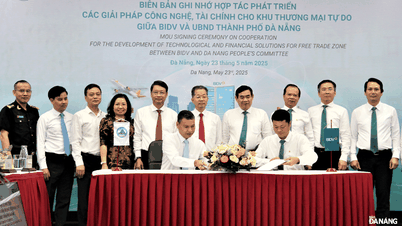



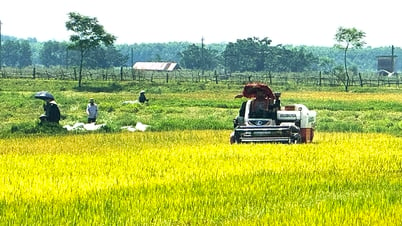






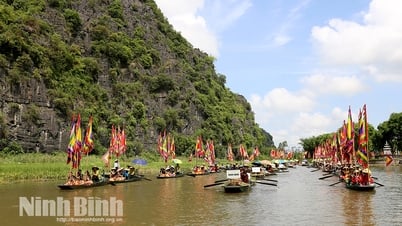

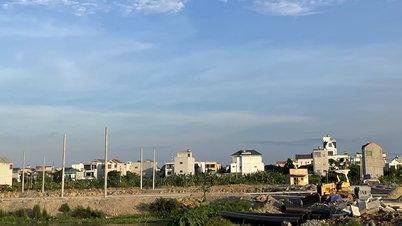

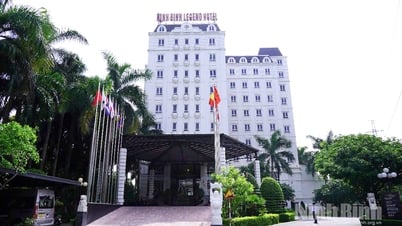






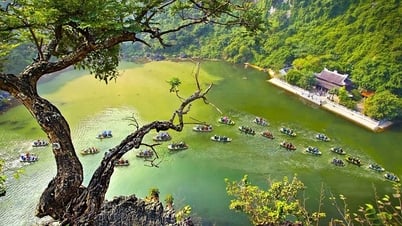

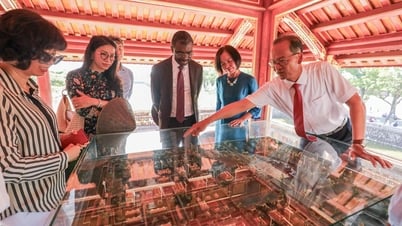









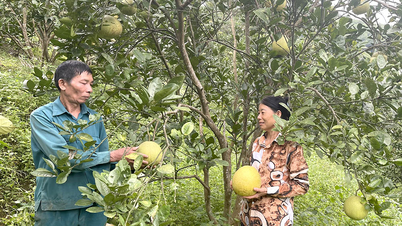










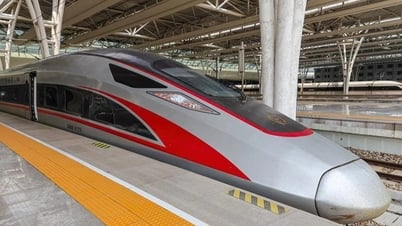








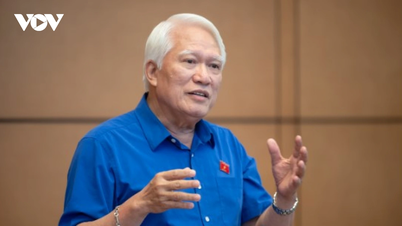
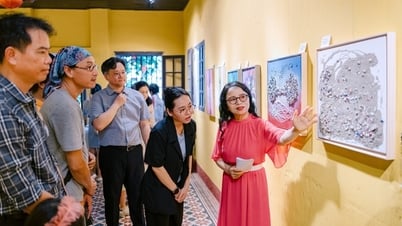

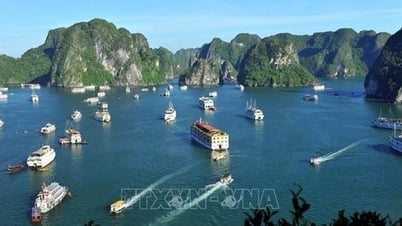

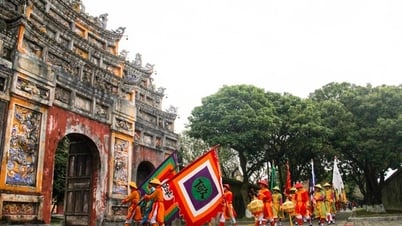
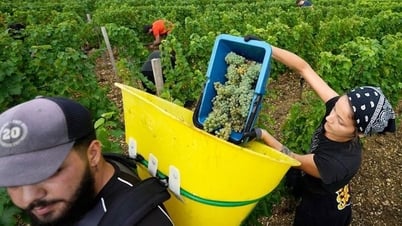



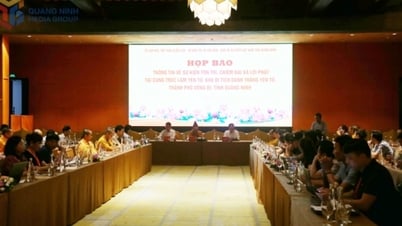







![[Podcast] Week introducing more than 500 OCOP products in Hanoi](https://vphoto.vietnam.vn/thumb/402x226/vietnam/resource/IMAGE/2025/5/22/d144aac2416744718388dbae3260e7fd)


Comment (0)